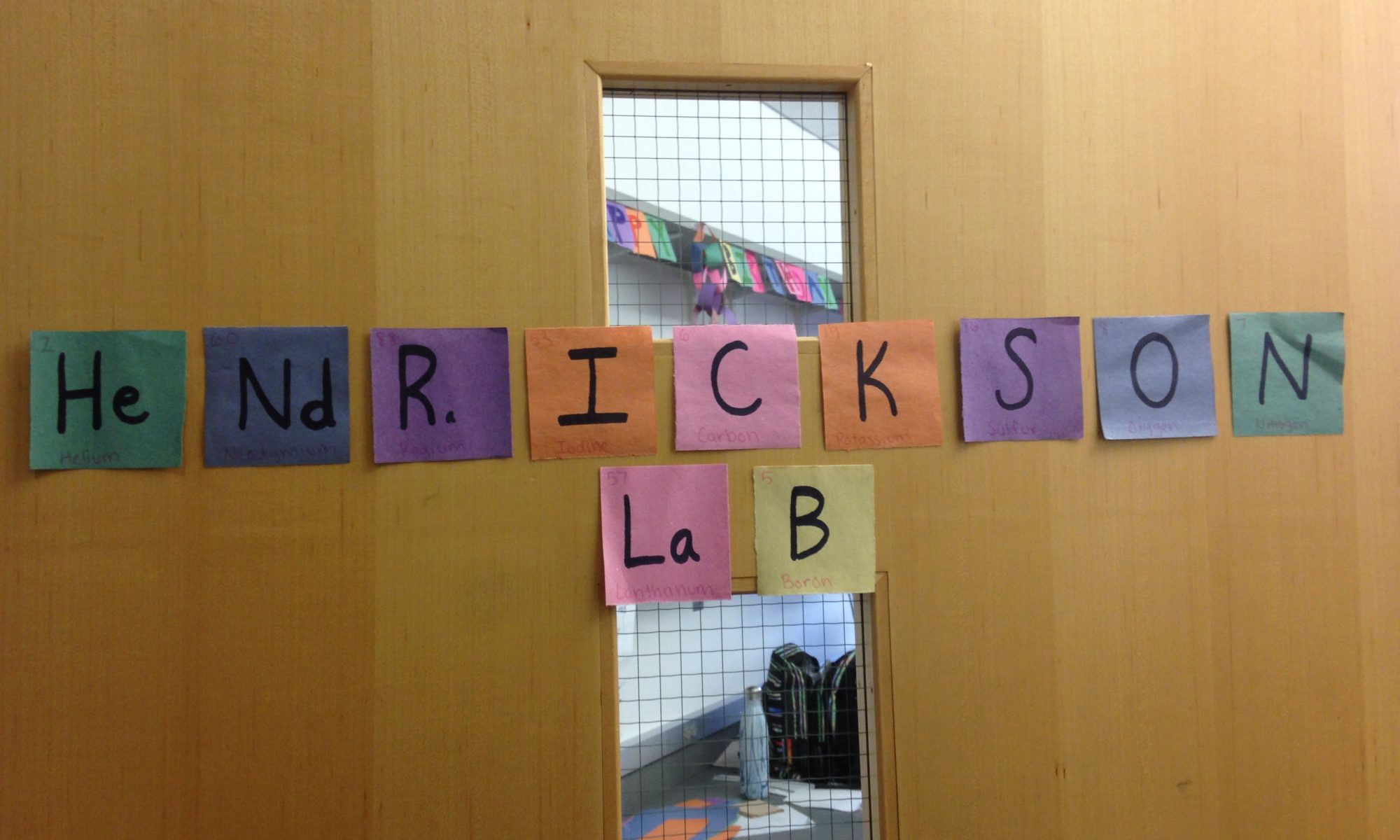In the Hendrickson group, we use computational methods to investigate molecules and materials that can be used to solve a wide variety of chemical problems. We carry out all of our “experiments” on the computer, which means that there are endless possibilities in the types of molecular systems and processes that we can model! Students in our group are able and encouraged to pursue their interests!
Current students in our group are working to utilize and develop computational methods to investigate (1) information transfer and signaling pathways in proteins, (2) the reactivity and toxicity of environmental pollutants, (3) optoelectronic properties of semiconducting polymers, (4) pedagogical methods for physical chemistry and programming instruction, and (5) to expand directions 1- 4 into the realm of quantum information science! Reach out to me if you are interested in joining our group!
